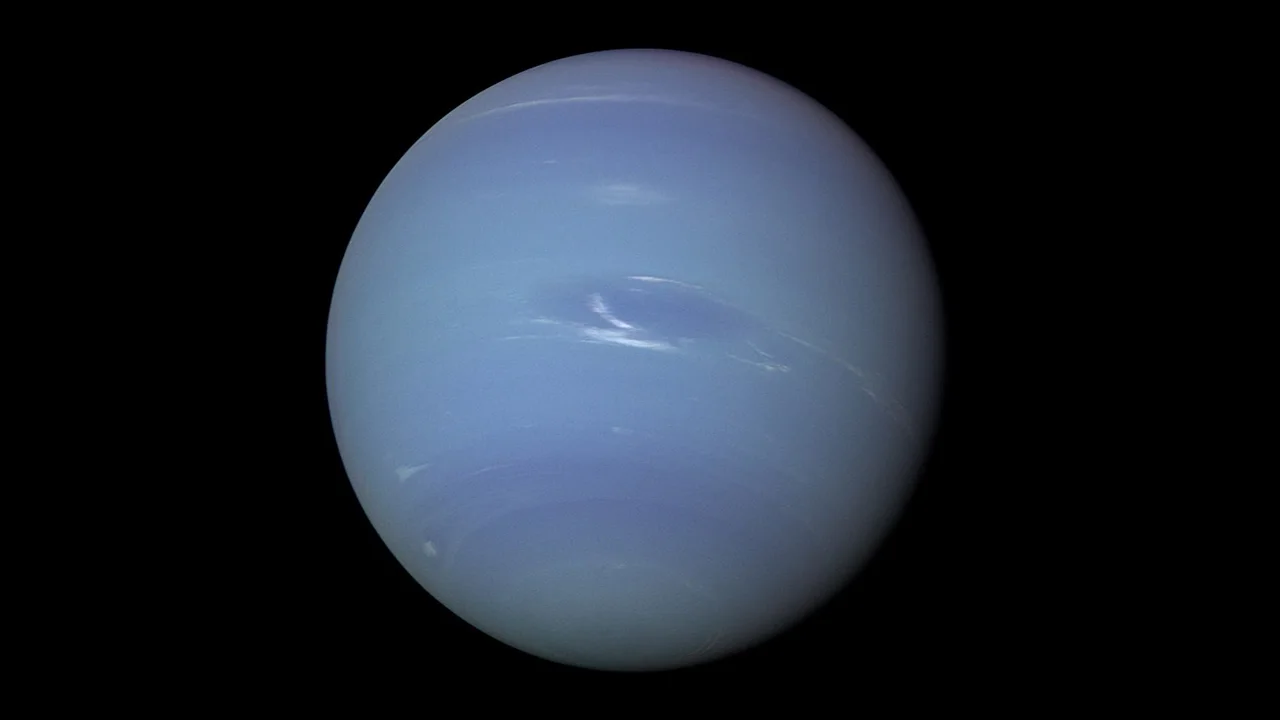
The interesting journey of Neptune's discovery
This Day In Weather History is a daily podcast by Chris Mei from The Weather Network, featuring stories about people, communities and events and how weather impacted them.
--
On the night of Sept. 23–24, 1846, German astronomer Johann Gottfried Galle confirmed the predictions of Urbain Le Verrier, and discovered the planet Neptune.
In 1821, French astronomer Alexis Bouvard used Newton's laws of motion and gravitation to predict the future positions of the planet, Uranus. Later, after taking careful observations of the planet's position over time, he realized that it was deviating from its predicted course. As a result, Bouvard hypothesized that some undiscovered perturbing body was impacting Uranus' path.
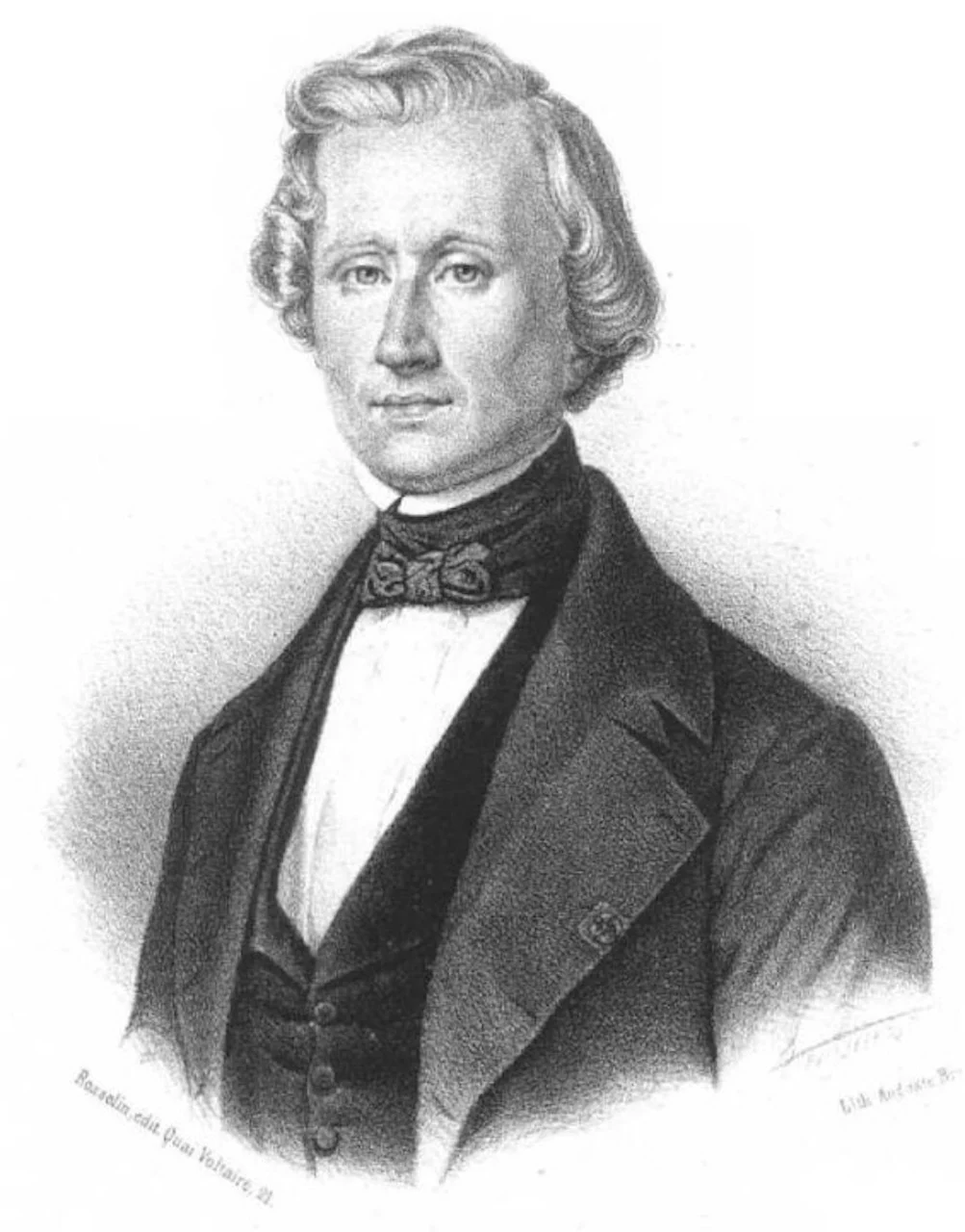
"Urbain Jean-Joseph Le Verrier." Courtesy of Wikipedia
Twenty years later, British astronomer John Couch Adams caught wind of Uranus' irregularities and believed he could use observed data the planet, and Newton's law of gravitation, to locate the perturbing body simply using mathematics.
On Nov. 10, 1845, unaware of Adam's work, French astronomer and mathematician Urbain Jean-Joseph Le Verrier shared similar findings of the motion of Uranus to the Académie des sciences in Paris. Using Bouvard's observations, Le Verrier started to investigate the whereabouts of the undiscovered celestial body and located Neptune within a single degree of its discovery position.
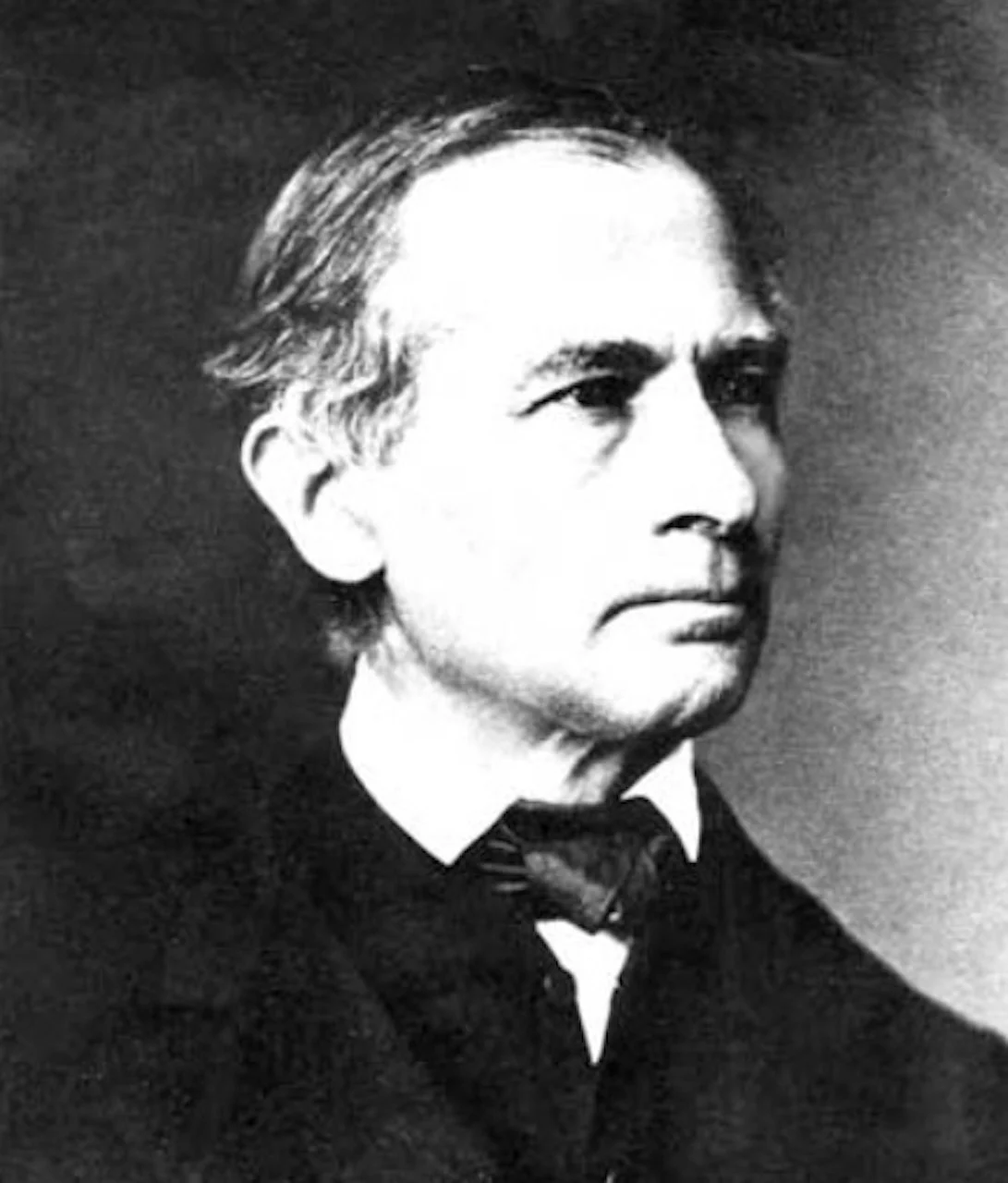
"Johann Gottfried Galle, 1880." Courtesy of Wikipedia
On Aug. 31, 1846, Le Verrier shared his results, presenting the mass and orbit of the planet that would soon be called Neptune. Le Verrier's findings didn't interest any French astronomer, so he mailed the information to Johann Gottfried Galle at the Berlin Observatory.
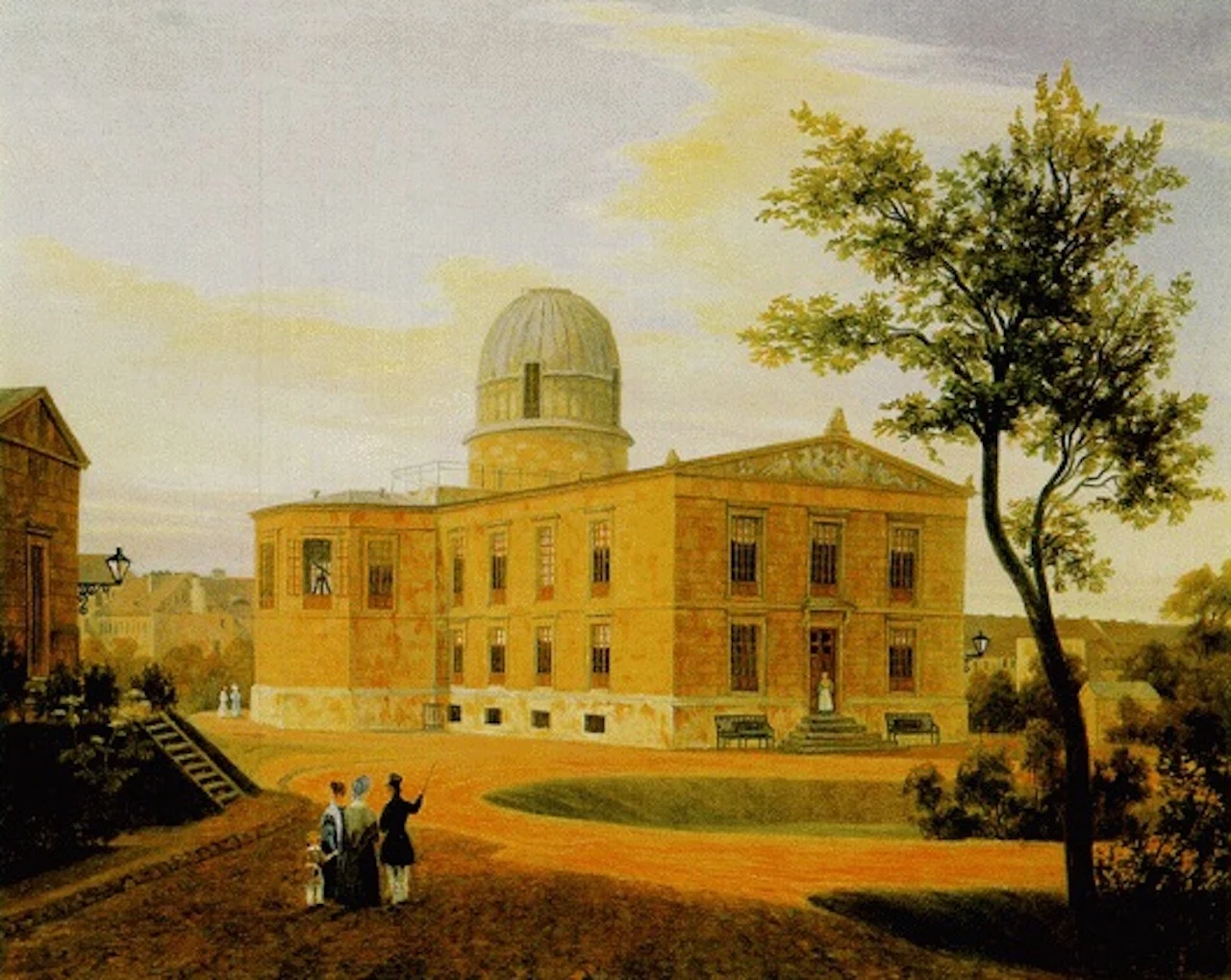
"New Berlin Observatory at Linden Street, where Neptune was discovered observationally." Courtesy of Wikipedia
On Sep. 23, Galle received the letter and immediately started to look for the new body. Galle was with his student Heinrich Louis d'Arrest. Louis d'Arrest suggested comparing a newly drawn chart of the sky with the current sky to see any discrepancies. And right after midnight, they discovered Neptune.
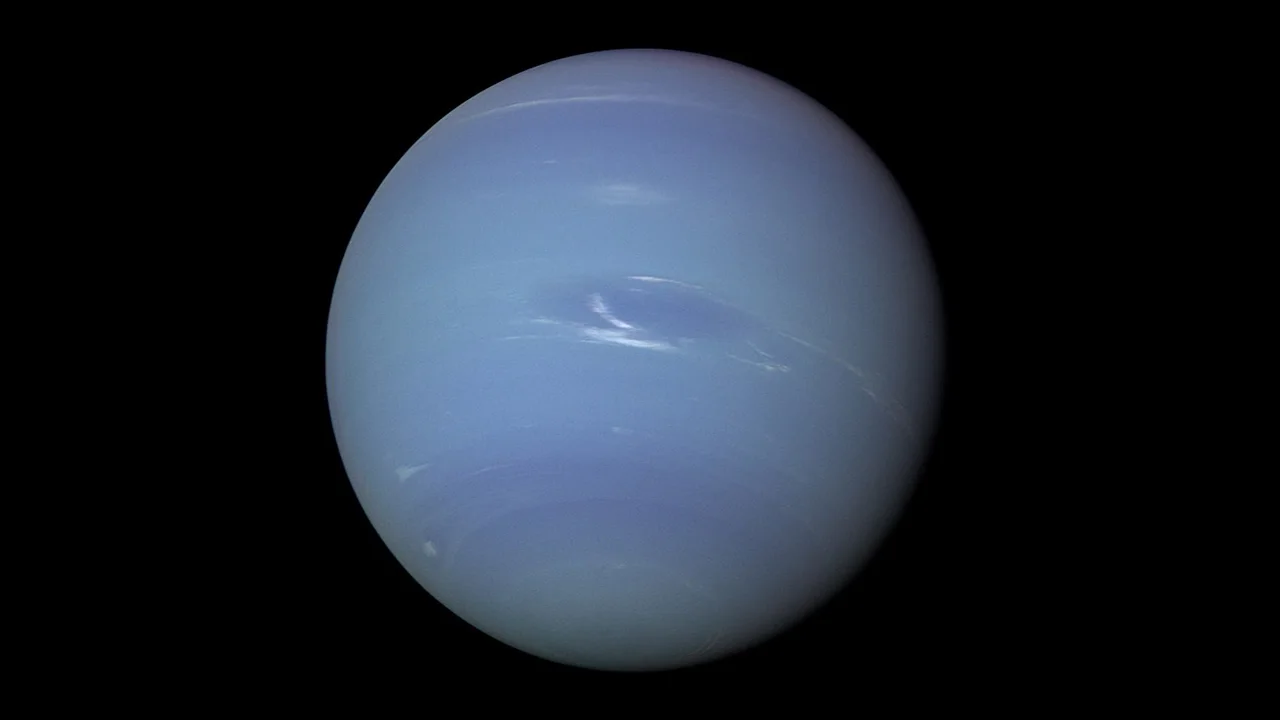
"Neptune in 1989 as imaged by the Voyager 2 probe." Courtesy of Wikipedia
Galle sent a letter to Le Verrier that said: "the planet whose place you have [computed] really exists."
To learn more about the Discovery of Neptune, listen to today's episode of "This Day In Weather History."
Subscribe to 'This Day in Weather History': Apple Podcasts | Amazon Alexa | Google Assistant | Spotify | Google Podcasts | iHeartRadio | Overcast'









